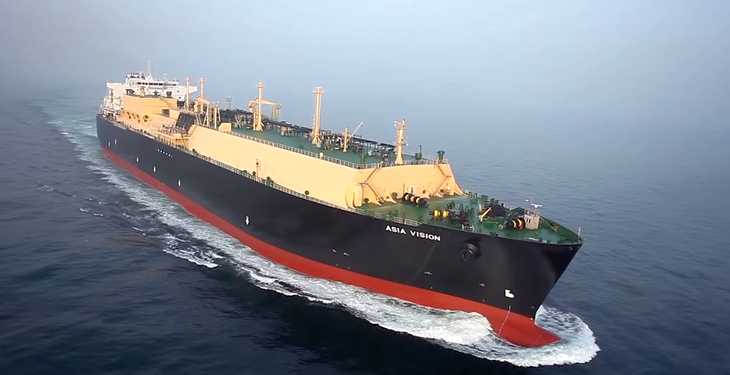For decades, the world’s largest oil shippers lived in fear of OPEC turning off the taps and causing demand for their vessels to plunge as cargoes dwindled. The rise of U.S. shale exports, particularly on long-distance routes to China, has propped up demand for tankers that would otherwise have been severely dented by this year’s output cuts led by OPEC, Paddy Rodgers, the chief executive officer of Euronav NV, said in an interview on Bloomberg TV .
Freight rates are suffering from an oversupply of ships and a seasonal dip in refinery buying. Distances covered by tankers are critical for owners because that determines the rate charged for vessels along with cargo sizes, a measure known as ton-mile demand.
“For most of my career, this has been the big swing factor on our earnings but this was completely disrupted by the arrival of American shale,” Rodgers said of OPEC’s historic influence on tanker demand and shale’s response. “From a standing start of zero barrels a day, it’s gone to 750,000 barrels a day and over half of that is being shipped on big tankers, which are going to China,” he said, referring to U.S. crude exports.
OPEC and allied nations agreed late last year to lower their collective output by 1.8 million barrels a day for six months from January, later extending cuts into 2018. The deal failed to drive up oil prices much above $50 a barrel because of increasing U.S. shale production. The nation’s exports averaged about 760,000 barrels a day this year and are heading for a record year, Energy Information Administration data show. Even so, freight rates are very low because of the vessel surplus and the seasonal drop in shipments, Rodgers said. Shipments to Asia from the Middle East earned $9,759 a day on Aug. 9, according to data compiled by Bloomberg. That’s the lowest for the time of year since 2013.
